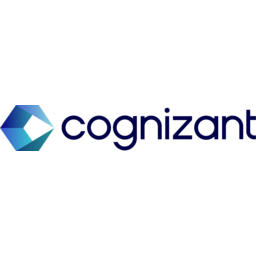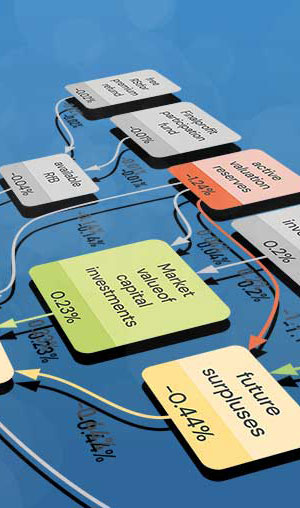2010 US Programming
Financial Strength Rankings using Artificial Intelligence
| Top rated | 0 of 3 |
| Best rating | 447 % |
| Worst rating | 77.6 % |
| New companies | |
| Negative Economic Capital Ratio |
Financial Strength Rankings using Artificial Intelligence
| Top rated | 0 of 3 |
| Best rating | 447 % |
| Worst rating | 77.6 % |
| New companies | |
| Negative Economic Capital Ratio |
| Revenues | 28.0 B |
| Assets | 46.3 B |
| Expenses | 20.8 B |
| Stockholders Equity | 41.0 B |
| Unprofitable Companies |
| Rank | Company | Seal | Rating Value | Trend | ||
|---|---|---|---|---|---|---|
 | 1 | Google INC | 446.88% | 0.0 | ||
 | 2 | Cognizant Technology Solutions CORP | 343.09% | 0.0 | ||
 | 3 | Verisign INC CA | 77.58% | 0.0 | ||
| Rank | Company | Seal | Rating Value | Trend |
The Feature Distribution shows the main industry variables and the distribution of their impact on financial strength. The more important a variable, the broader the distribution. As the effects are calculated relative to the industry average, half of the companies have a positive effect (green) and half have a negative effect (red).
The Regression compares the forecasted company valuation with the observed stock market values. A positive correlation suggests that the model effectively explains market prices.

This year's rating information is fee-based. Please request rates at
james.woods@realrate.ai